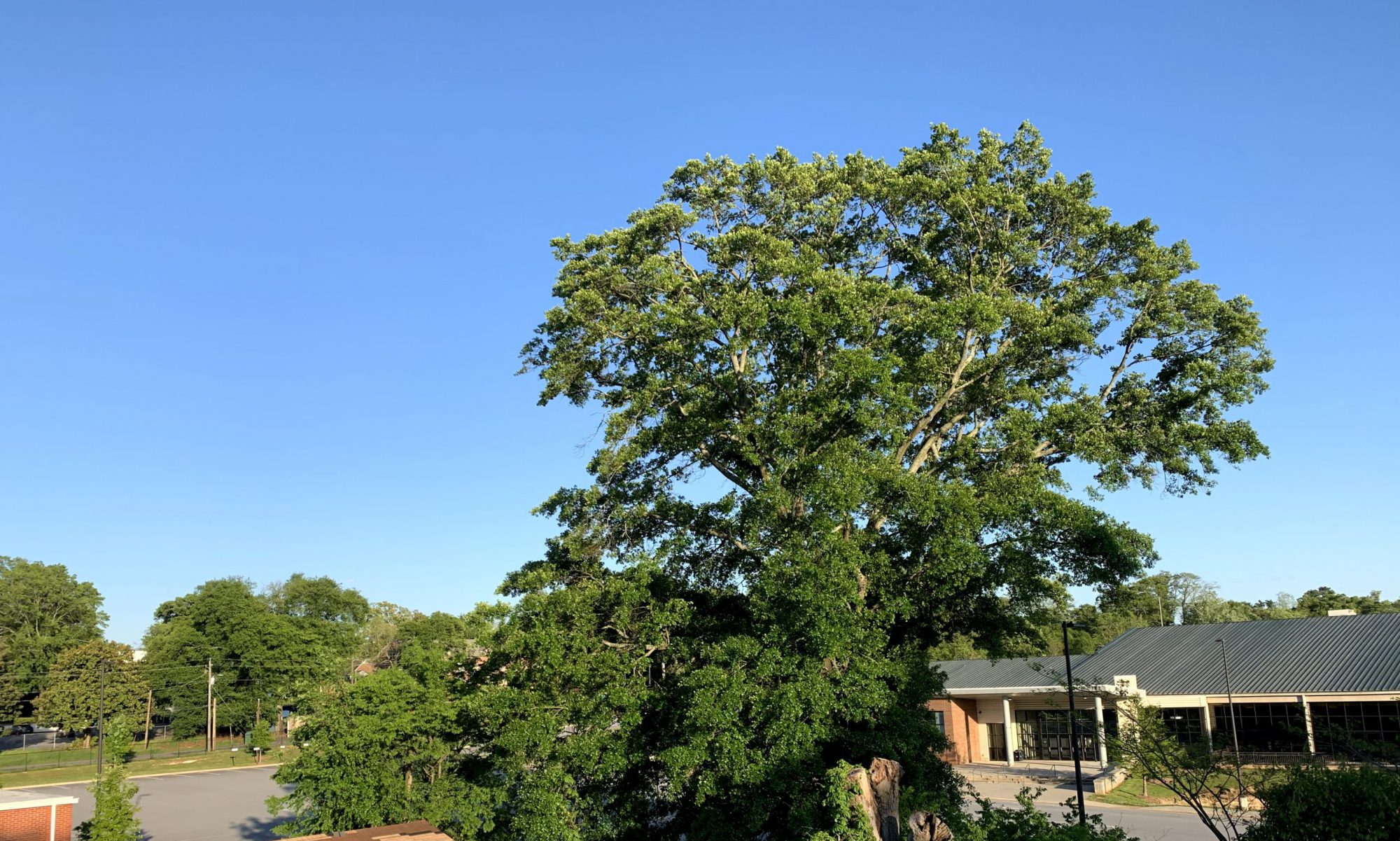My biggest take-away from this course was the vital relationship between people and the urban dwellings they inhabit, and how certain groups of people, especially people of color, can be disproportionately and negatively affected through architecture and infrastructure. It could be something as simple as a neighborhood building a community garden, which would then bring crime rates down in the surrounding area. We also learned about how people of the lower class are unjustly put in more harmful situations when maneuvering urban landscapes, for example, the layout of most cities are based on the assumption that one has a working automobile, thus walking paths and sidewalks are usually less maintained than roads, often not being safely lit or not existing at all. We read a story about a woman without a vehicle who walked to work everyday, and often walked home in the dark through parks and parking lots because it was quicker than following the sidewalk which did not have a good path to her apartment, while it was more dangerous to walk through the darkness, it was faster and she felt forced to take these more at-risk routes. It was green spaces and well lit areas that provided a safer environment for people living in these urban areas, the same green spaces which can be sustainably used to promote wildlife and a more diverse ecology. I took this course knowing that it would take a sociological approach to urban dwellings and infrastructure in hopes to tie it back to sustainability in my own right, especially because our communities will only continue to inhabit these urban settings, thus finding the way to integrate sustainability into the future of human living spaces for everyone. I think it is important, especially with something like sustainability, which is commonly reserved for people of privilege, to remember the people who are not privileged and to bring them into the fold, especially when contextualizing sustainability in the future.

Giselle Acosta